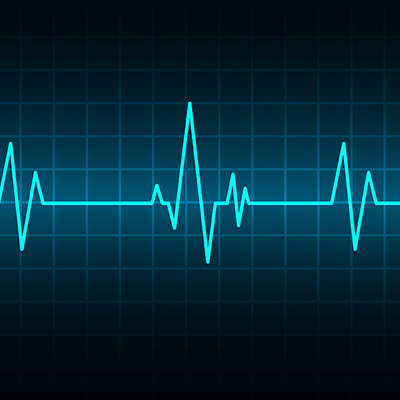 How does the overall level of disadvantage in the community that one lives in affect access to treatment and services for heart conditions, and is level of disadvantage associated with treatment and outcome disparities? An NIMHD study addressed these questions by analyzing disparities in percutaneous coronary intervention (PCI) access, treatment, and outcomes for patients with heart attacks.
How does the overall level of disadvantage in the community that one lives in affect access to treatment and services for heart conditions, and is level of disadvantage associated with treatment and outcome disparities? An NIMHD study addressed these questions by analyzing disparities in percutaneous coronary intervention (PCI) access, treatment, and outcomes for patients with heart attacks.
PCI is a non-surgical procedure used to treat heart conditions by opening blocked arteries and vessels that supply oxygen through the blood to the heart. This procedure has been shown to improve patient outcomes. However, existing research indicates that racial and ethnic minority groups, people with lower income, and rural communities have poorer access to PCI treatment than other groups, as PCI hospitals have preferentially opened in wealthier areas.
To identify differences in PCI access, treatment, and outcomes based on community socioeconomic status, the researchers analyzed data on 629,419 patients with heart attacks residing in California between January 1, 2006, and December 31, 2020. They linked patient data with population characteristics and geographic locations and categorized communities by zip codes into five groups, from the most socioeconomically advantaged to the most disadvantaged. The most disadvantaged communities had a higher proportion of Black and Hispanic residents compared with the most advantaged communities.
The researchers defined access as whether a PCI hospital was available to residents in that community within a 15-minute drive from the community’s geographic center. They defined treatment and outcomes as:
- Admission to a PCI hospital.
- Receipt of PCI on the day of admission (i.e., same-day PCI).
- Receipt of PCI during hospitalization.
- Time-specific health outcomes (30-day and 1-year mortality, 30-day readmission rate).
The findings showed that patients in socioeconomically disadvantaged communities had lower chances of receiving timely PCI and were at a greater risk of mortality and readmission compared with those in more advantaged communities, highlighting disparities in treatment outcomes. Specifically, the researchers found that:
- The number of patients who did not have a PCI hospital within a 15-minute drive increased across the community disadvantage scale, from 17% in the most advantaged communities to 63% in the most disadvantaged communities.
- Patients in the most advantaged communities had a 20% and 15% greater chance of receiving same-day PCI and PCI during hospitalization, respectively, compared with patients in the most disadvantaged communities.
- Patients in the most advantaged communities had 19% and 16% lower 30-day and 1-year mortality rates, respectively, compared with the most disadvantaged, and a 15% lower 30-day readmission rate.
According to the researchers, the findings reveal structural discrimination within the heart care services system that may be motivated and reinforced by financial incentives when hospitals open in areas with a higher proportion of affluent, nonminority residents—as hospitals derive significant revenue from heart care services—suggesting that a community’s potential profitability is a significant factor in deciding whether or not to open a PCI hospital. The researchers recommend targeted interventions to influence where treatment services for heart conditions exist and who has access to them.
Page published Feb. 29, 2024

